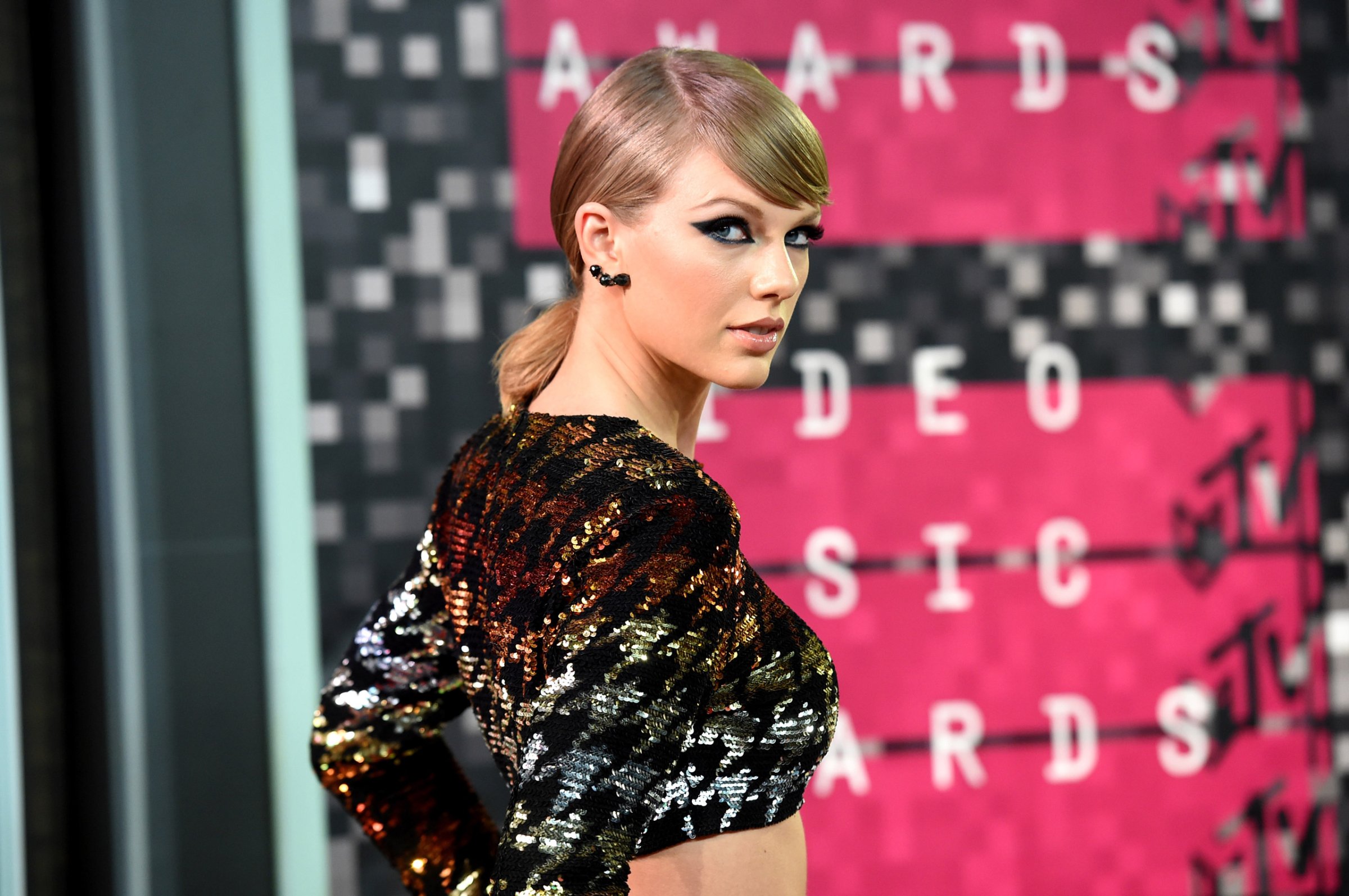
Grammy-winning director Joseph Kahn has defended his latest music video, Taylor Swift’s “Wildest Dreams,” from accusations of whitewashing over its depiction of Africa.
In the video, which is set in mid-20th century Africa, Swift plays an actress who has a relationship with her co-star on set. But critics have said the video features hardly any black people and glamorizes African colonialism with stereotypical images of wild animals and savanna landscapes.
“She packages our continent as the backdrop for her romantic songs devoid of any African person or storyline, and she sets the video in a time when the people depicted by Swift and her co-stars killed, dehumanized and traumatized millions of Africans,” write Viviane Rutabingwa and James Kassaga Arinaitwe for NPR.
In a statement, Kahn said the focus on white characters was both a matter of historical accuracy and an homage to movies such as The African Queen and Out of Africa. He also says that key input on the music video came from people of color, including his longtime producer, Jil Hardin, and the video’s editor, Chancler Haynes, both of whom are black. Kahn, who is Asian-American, also emphasizes that Swift is donating the video’s proceeds to the African Parks Foundation.
“There is no political agenda in the video,” he says. “Our only goal was to tell a tragic love story in classic Hollywood iconography.”
Here’s his full statement, via Entertainment Weekly:
“Wildest Dreams” is a song about a relationship that was doomed, and the music video concept was that they were having a love affair on location away from their normal lives. This is not a video about colonialism but a love story on the set of a period film crew in Africa,1950.
There are black Africans in the video in a number of shots, but I rarely cut to crew faces outside of the director as the vast majority of screentime is Taylor and Scott.
The video is based on classic Hollywood romances like Elizabeth Taylor and Richard Burton, as well as classic movies like The African Queen, Out of Africa and The English Patient, to name a few.
The reality is not only were there people of color in the video, but the key creatives who worked on this video are people of color. I am Asian American, the producer Jil Hardin is an African American woman, and the editor Chancler Haynes is an African American man. We cast and edited this video. We collectively decided it would have been historicially inaccurate to load the crew with more black actors as the video would have been accused of rewriting history. This video is set in the past by a crew set in the present and we are all proud of our work.
There is no political agenda in the video. Our only goal was to tell a tragic love story in classic Hollywood iconography. Furthermore, this video has been singled out, yet there have been many music videos depicting Africa. These videos have traditionally not been lessons in African history. Let’s not forget, Taylor has chosen to donate all of her proceeds from this video to the African Parks Foundation to preserve the endangered animals of the continent and support the economies of local African people.
More Must-Reads from TIME
- Donald Trump Is TIME's 2024 Person of the Year
- Why We Chose Trump as Person of the Year
- Is Intermittent Fasting Good or Bad for You?
- The 100 Must-Read Books of 2024
- The 20 Best Christmas TV Episodes
- Column: If Optimism Feels Ridiculous Now, Try Hope
- The Future of Climate Action Is Trade Policy
- Merle Bombardieri Is Helping People Make the Baby Decision
Write to Nolan Feeney at nolan.feeney@time.com